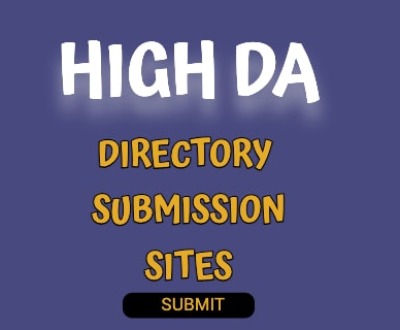What Is XML Sitemap And How Can It Help You Rank Better?
- June 30, 2021
- Digital Marketing, On Page SEO

A simple meaning for an XML (Extended Markup Language) sitemap could be that it gives a clue or signal to the Google bots (also known as the spider, robot) that the page URLs included in the XML sitemaps are important. The sitemaps provide valuable information about the photos, videos, and other files on the site. In its regular task, Google bots crawl or fetch for pages in its database that are numbered in billions which are further indexed. However, some pages could get skipped during the process. And that’s where sitemap proves to be useful, especially in these three cases:
Isolated Pages
The pages on your website could be isolated or not well linked together. This could be because the pages that are not correctly linked might not be relevant to the particular content within the website or don’t have proper navigation to the site. You can then use a sitemap to point it out to the Google bot signaling the importance of the particular page.
Large Website
In the case of large websites like an e-commerce store have thousands of pages and it could be possible that the web crawlers ignore some pages during the process. For this, the webmaster can prioritize pages that are important by using the XML sitemap.
Frequent Changes
News websites, for example, are regularly updated due to the nature of the content. Thereby it becomes necessary that the updated content is made available to the prospective users on time. For this, the webmaster can have the XML sitemap to pick on the important pages.
The maximum number of URLs that you can submit in a single XML sitemap file is 50,000 and the maximum size limit is 50MB. For larger sites having more than 50,000 sites, they can create multiple sitemaps separately for categories, tags, products, etc. You can submit Google with two types of information using XML sitemaps:
Image URL Extension

This extension comes in handy if you have a website that’s specifically focused on images specifying the image type, author, license, etc. Take, for example, Photography, where images are your focus area on the website where you want the audience to engage.
Video URL Extension

Similarly, to the image URL extension, websites serving as video platforms might want Google to crawl through their videos specifying the duration, category, date, etc. This is the best way to make web crawlers aware of more details that otherwise couldn’t have been possible with the usual crawling.
Most websites, however, don’t have images and videos as their actual focus to reach their audience. Not to say they are the least important but when a webmaster submits a page via the XML sitemap file, the images and other media types on that particular page are included in the sitemap file, there’s no point in submitting it separately.
Where do I submit an XML Sitemap?

Most CMS (Content Management System) platforms like WordPress, Shopify, and several others offer automatic XML sitemap creation using plugins. Glimpse through the documentation of the CMS platform you use as it may vary. And if you don’t use a CMS platform, you may have to hire a developer (unless you are one) to get the job done. Additionally, there are paid as well as free platforms such as ScreamingFrog that do the job but for only a maximum of 500 URLs post. If you want to submit additional URLs, you would have to pay. However, it’s wise to avoid the manual creation of XML sitemaps as it’s time-consuming and requires a lot of effort. After you’ve created the XML sitemap, you have to submit it on the Google Search Console for further crawling and indexing.
Conclusion
As we are about to conclude this post, it becomes necessary to highlight an important point.
The presence of XML sitemaps does not guarantee that the site will be scanned and indexed. Even if you don’t upload a sitemap, Google states that it won’t affect the crawling of your pages. Rather it would do it anyway using its complicated algorithm. Despite Google’s recommendation that smaller sites or those with a decent linking structure do not need a sitemap, we strongly advise having one because it will not harm the website, no matter how large or small it is. Even Google explicitly mentions that having a sitemap will not result in a penalty, but rather will benefit you.
Follow TechVint on social media, where we educate our followers on a variety of digital topics: Facebook, Instagram, Twitter, LinkedIn
Get more knowledge bombs: 6 Effective Ways To Increase Organic Website Traffic For Free in 2021
About us and this blog
We are a digital marketing company with a focus on helping our customers achieve great results across several key areas.
Request a free quote
We offer professional SEO services that help websites increase their organic search score drastically in order to compete for the highest rankings even when it comes to highly competitive keywords.










Pingback: How To Do Keyword Research For SEO [Beginer’s Guide 2021] – Techvint
Pingback: How To Do Keyword Research For SEO [Beginer's Guide 2021] | TechVint